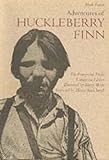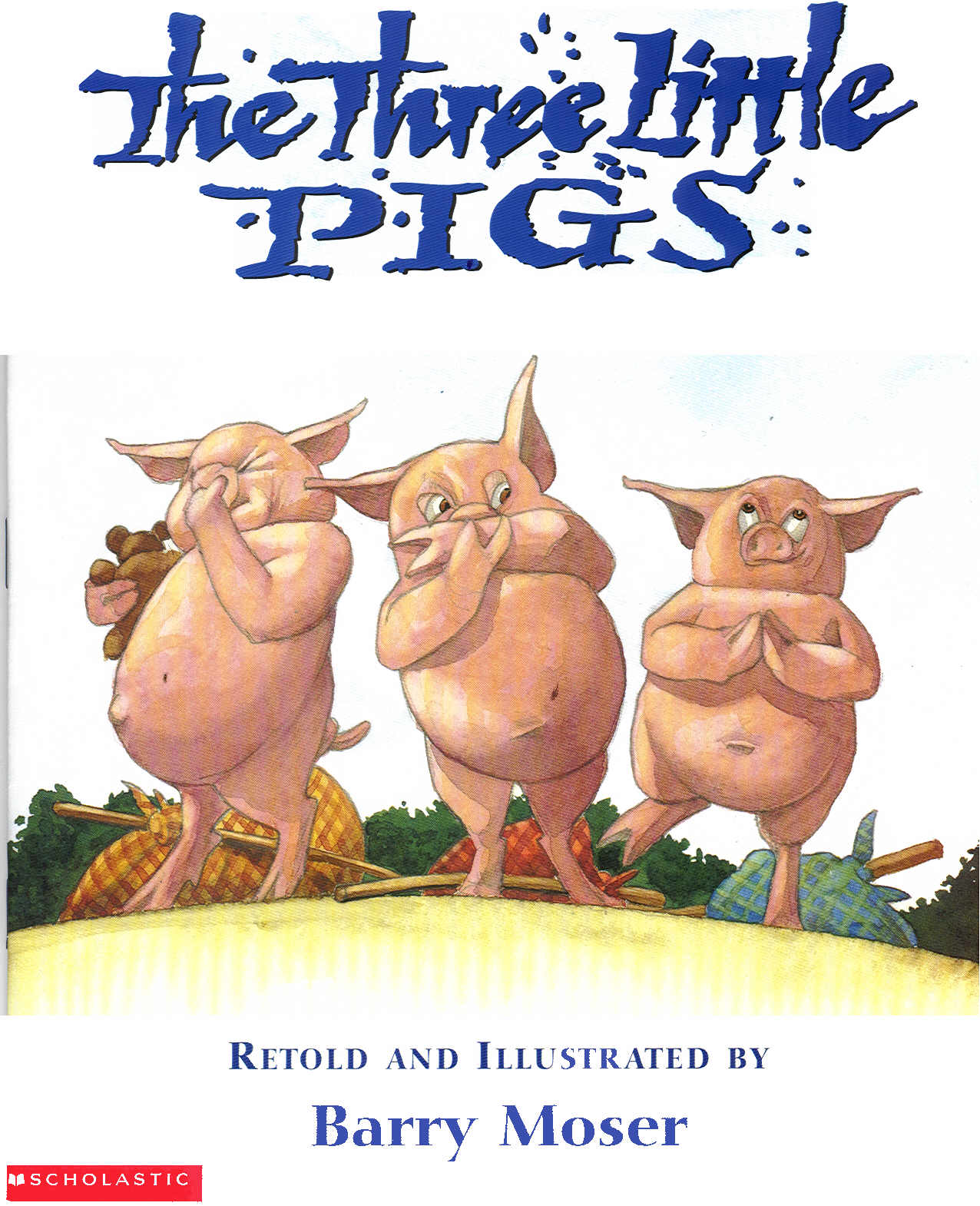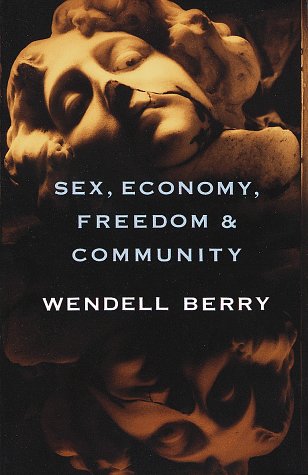 Among his over three hundred works of art, Barry Moser has often pushed the envelope of expectation to portray unorthodox perspectives and uncomfortable subject matter. He is also the first artist to create a complete individually illustrated Bible since Gustave Doré’s La Sainte Bible of 1865. In this interview, Moser shares his experiences and thoughts about racism and the church, artistic ethnic portrayal, and the books he’s been reading lately.
Among his over three hundred works of art, Barry Moser has often pushed the envelope of expectation to portray unorthodox perspectives and uncomfortable subject matter. He is also the first artist to create a complete individually illustrated Bible since Gustave Doré’s La Sainte Bible of 1865. In this interview, Moser shares his experiences and thoughts about racism and the church, artistic ethnic portrayal, and the books he’s been reading lately.
Click here or on the image to the right, “Shiprah,” to open an exhibit of Moser’s work in a resizable browser.
The Other Journal (TOJ): I have heard you say that the church taught you to be racist. Can you explain what you mean when you say that?
Barry Moser (BM): I wish I could—I wish I could cite a specific instance where a preacher told the congregation to hate blacks.1 Alas, that never happened. Not that it could not happen; not that it did not happen. It was just that a pious face was put on the ugly face of the hatred, bigotry, and disrespect toward black people in the world where I grew up and where, as a kid, I was a Methodist preacher. That I could go to a black church and be welcomed by the minister and by the congregation stood in sharp contrast with the welcome my black friends would have received had they come to church with me on a Sunday morning. Had that happened, there likely would have been some “strange fruit” hanging from the tree in front of the church. And I do not say that lightly or without considered thought and reflection.
TOJ: In what ways do you think that the Christian church as an institution, and perhaps particularly as an institution in the United States, inherently perpetuates racism? And from your understanding of theology, or Christian practice, how should the church handle the ethnic differences of those who practice faith?
BM: You might as well ask why the Christian church has, for so very long, harbored anti-Semitism. Why do the Protestants so distrust Catholics? In my world, as a child, my family had very nearly as much spleen toward Jews and Catholics as they did toward African-Americans. They feared those things that were foreign to them, and that included pretty near everybody who was not white, Protestant, and from the south. I would venture to say that the Protestant Christian church in the 1940s and 1950s, being made up of people very much like my people, practiced the same sort of myopic and ignorant xenophobia. Ideally, the church should be blind to these kinds of differences.
TOJ: In your opinion, what attitudes do you think are required to usefully address racial issues in the United States? And what might that look like in practice?
BM: Us and them. We and they. It will not be until we can rid our body politic of these schismatic, divisionary themes that any kind of mutual respect and tolerance can be had. If you were blind what sort of criterion would you have to look down upon, to discriminate against a fellow human being?
I also think that race needs to be talked about. Not many of us are willing to sit down and talk openly about race, to tell stories to each other about our experiences with racism.
TOJ: In 2010, the United States will conduct a population census, and the racial categories on the form are currently under debate. If, instead of checking a small box, you could write a sentence or paragraph to describe your own racial or ethnic identity, what would you write?
BM: Poor white trash of Swiss and Viennese extraction transplanted in the late 1800s in the American South—Tennessee and North Carolina. Pure white bread.
TOJ: You once described to me your decision to illustrate a children’s book of Psalm 23, that familiar passage that begins, “The LORD is my shepherd, I shall not be in want,” with a shepherd boy from the Caribbean.2 Can you tell our readers this story?
BM: Well, when the project presented itself and I began cogitating on it, I selected the 23rd Psalm because it was my favorite of all the Psalms I knew. It was also appealing because the text is ambiguous and suggestive. My wife and I travel often to the Caribbean, and on many of our trips—in this case, specifically to Antigua and Nevis—I have been struck by the number of goats and sheep that run free, never a shepherd to be seen. It was that image of the shepherdless sheep that gave rise to my rendering of the Psalm.
TOJ: You created a set of woodblock illustrations for Mark Twain’s deliciously salty book, The Adventures of Huckleberry Finn.3 To date, almost every other illustration of Jim, the escaped slave sharing Huck’s raft, has portrayed him as a caricature of superstition, subservience, ignorance, or ridiculousness. Twain also caricatures Jim, as well as every other character, in his writing. But your illustrations of Jim are beautifully dignified and rather serious. Can you tell us the thoughts that led you to these illustrations?
BM: You recall that when that contemptuous little bastard named Tom Sawyer gets hurt, he and Jim and Huck end up on an island in the river. Huck goes to get help. Jim, who had been recently the object of Sawyer’s malicious tricks—not least of all that Sawyer knows that Jim is now a free man yet declines passing along that information just so he can have a bit of fun—stays with him until Huck returns with the doctor. Well, why didn’t Jim leave Sawyer and escape? I would have. But not Jim. In that one act, I saw nobility and honor. I’d be hard put to find another one of Mark Twain’s characters in that book who have a fraction of Jim’s moral strength. You don’t caricature that kind of grace.
TOJ: What were some of the decisions regarding ethnic portrayal that you faced in your incredible undertaking to illustrate the Bible?4
BM: I felt that my primary allegiance was to the ethnicity of the authors of the books. They were, without exception, Jews (well, it’s possible that a Greek Jew named Apollos might have written the book of Hebrews). Thus, my concern was to depict Jews as they would have been during the period: unshaven, bad teeth, unwashed, et cetera. When possible, however, I gave precedence to people of color and to women—fully one-third of the illustrations depict women—so long as that conceit did not compromise the underlying truths of the texts nor contradict the stories they illustrate.
TOJ: You frequently seem to choose topics of illustration that are uncomfortable or dark. Why are you drawn to these subjects?
BM: Because, as Flannery O’Connor said answering a similar question, “It is the nature of my talent.”5 That does not mean, however, that I do not enjoy the lighter side, because I do—and I find a great vent for that nature of my talent in children’s books. It’s yin and yang. To explore the dark, one must explore the light as well, and vice versa.
TOJ: Wendell Berry talks about a distinction between the intent to be offensive versus the prophetic truth that necessarily risks offending.6 I have noticed that this prophetic truth that risks offending is astoundingly clear in the writing of Flannery O’Connor, who I believe is also an influence on you. Can you explain your own thoughts on this distinction in O’Connor’s work as you see it, as well as in your own work?
BM: Great god awmighty! I’ll need to prepare an hour-long lecture to adequately answer that question, and even at that, I am not sure that there will be an answer.
Well, I couldn’t agree more. I have, from time to time, used the word nigger from the public forum. I have never used it to offend, but to confess the truth. In my family, it was the word used to describe an African American. Oh, yes, my mamma used the word negress to describe her friend Vernita Gholston, a black woman she grew up with and loved as her own sister. But in the main, nigger was the only useable word in my world. Thus, like when Mark Twain writes about his experiences, I cannot tell the stories of my childhood and always opt for the politically correct African American. To do so would be otherwise is to deny the guilt and horrors of my past and it would therefore be a denial of the truth. Truth is not always pleasant.
TOJ: If I understand it correctly, you work in many mediums, as well as create paper, perform typesetting, and craft your own beautifully bound books. What do you wish for in a project?
BM: As William Faulkner said, the only thing worthwhile is failure; but failure coming in the striving for perfection. I seriously believe that. So, therefore, all I ever strive for is perfection. But knowing that perfection is elusive as best and impossible in fact is the internal “fuel” that keeps me going day in and day out.
As for the book as an object, I would have to say that I am after the “whole book,” that is to say, a book wherein all the elements—–type, paper, images, design, and binding— are balanced and harmonious to the point where nothing can be added or subtracted without dramatically altering the whole.
TOJ: What are you working on right now? And what have you been reading lately?
BM: I am about to finish the illustrations for O, Harry, a poem for children (or so it is in my presentation) by Maxine Kumin. It’s a fun poem about a horse named Harry who has a calming effect on the horses and creatures around him—and then comes along a nasty little boy.
I just finished reading Philip Caputo’s Acts of Faith—damned fine novel.7 It’s long and hard and dense, but beautifully written. There’s a lot of flying—the story revolves around mostly white relief aid workers—in it and given that I am a frustrated aviator, that made it all the more enjoyable.
I also just recently completed my second reading of Ted Kooser’s Light on a Ground of Darkness.8 It’s only sixty pages long, but it took me a week to read it—the first time. Took that long because I read and reread and reread again and again his beautifully crafted sentences, paragraphs, and pages. I finished it, paused to dry my tears, and then began and finished reading it again in a single reading. A memoir, it is the most beautifully crafted book I’ve read in a long while.
TOJ: The medium of woodblock printing seems to be mainly a contrast between light and dark, primarily dark, or shadow. The German poet R.M. Rilke, in The Book of Hours, finds God primarily in the darkness.9 How do you work with that darkness in your vocation, both physically (with the wood) and metaphorically?
BM: I find darkness comforting. It’s light that can be terrifying. Terrifying on a very high level—I’m thinking about the bare naked lights that were on in the gas chambers at Auschwitz, that level of terror. At an artistic level, I am what you might call a reductionist. I work best when I am bringing light out of dark. Engraving is an act of pulling white lines out of a field of black, whereas when you draw on white paper you are adding, not subtracting. Even in my watercolors, I typically lay down a middle value first and then subtract from that value as well as adding darker values to it.
TOJ: Curiosity versus mystery—when or for what do you sustain a perpetual longing toward understanding and when do you surrender to mystery?
BM: I would be happy if I truly understood what I do. Every time I put the burin to the engraving block, it’s a mystery that I don’t fully understand. Every time I begin something new, I am very much aware of the fact that I don’t know what I thought I did. As E. L. Doctorow suggested, every time I begin something new it’s like starting all over again as an absolute beginner. I understand my media and my materials, but every now and again, I pull something off that transcends the media and materials. And that is a mystery, and I am not sure that that mystery is not some kind of junction with the Empyrean. Who knows?
TOJ: What is the most important thing that you don’t know?
BM: The mystery that is God.
Notes
Click the images below to purchase these books from Amazon.com and help support Barry Moser and The Other Journal. The images at the bottom are of several books that have been illustrated by Barry Moser. Thank you!
1. In Moser’s original response, he says niggers, not blacks. As he suggests later in the interview—see his ninth response, which begins “Great god awmighty!”—Moser most likely chose the word nigger quite deliberately, as yet another way of speaking truth and attesting to the racism of the culture in which he was raised, as another way to highlight his former church’s racist theology. As he says later, “I have, from time to time, used the word nigger from the public forum. I have never used it to offend, but to confess the truth.” However, in the view of the editorial staff at The Other Journal, this sentence lacks that context. Therefore, we have substituted the word blacks rather than risk inadvertently offending or shocking our readers, or giving any false credence to the word’s use in our lexicon.
2. See http://www.biblegateway.com/passage/?search=Psalm%2023 and Barry Moser, Psalm 23 (Grand Rapids, MI: Zonderkidz, 2008).
3. Mark Twain, illustrations by Barry Moser, The Adventures of Huckleberry Finn (Berkeley, CA: University of California Press, 1985).
4. Barry Moser, The Holy Bible (North Hatfield, MA: Pennyroyal Caxton Press, 1999).
5. As quoted in James F. Farnham, “Grotesque in Flannery O’Connor,” America 105 (1961), 277.
6. From Wendell Berry’s essay “Sex, Economy, Freedom and Community,” Sex, Economy, Freedom and Community (New York, NY: Pantheon, 1994): “[. . .] I would distinguish between the intention to offend and the willingness to risk offending. Honesty and artistic integrity do not require anyone to intend to give offense, though they certainly may cause offense. I cannot imagine anyone who is a member of a community who would purposely or gladly or proudly offend it, though I know very well that honesty might require one to do so.”
7. Philip Caputo, Acts of Faith (New York, NY: Alfred A. Knopf, 2005).
8. Ted Kooser, Lights on a Ground of Darkness (Lincoln, NE: Bison Books / University of Nebraska Press, 2009).
9. R.M. Rilke, Rilke’s Book of Hours: Love Poems to God, trans. Annita Barrows and Joanna Macy (New York, NY: Riverhead Trade, 1997).







